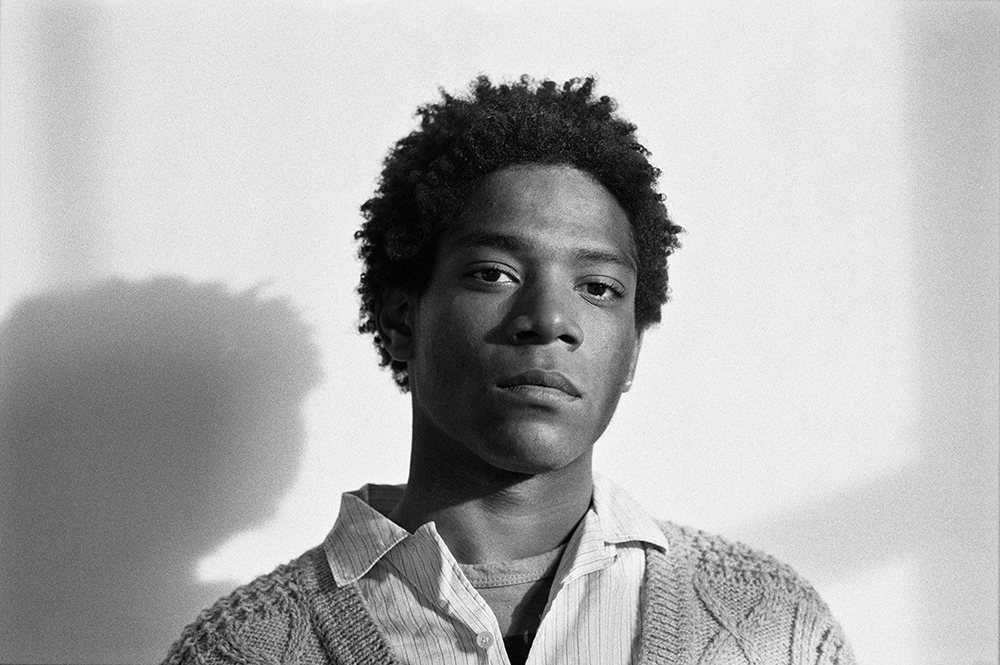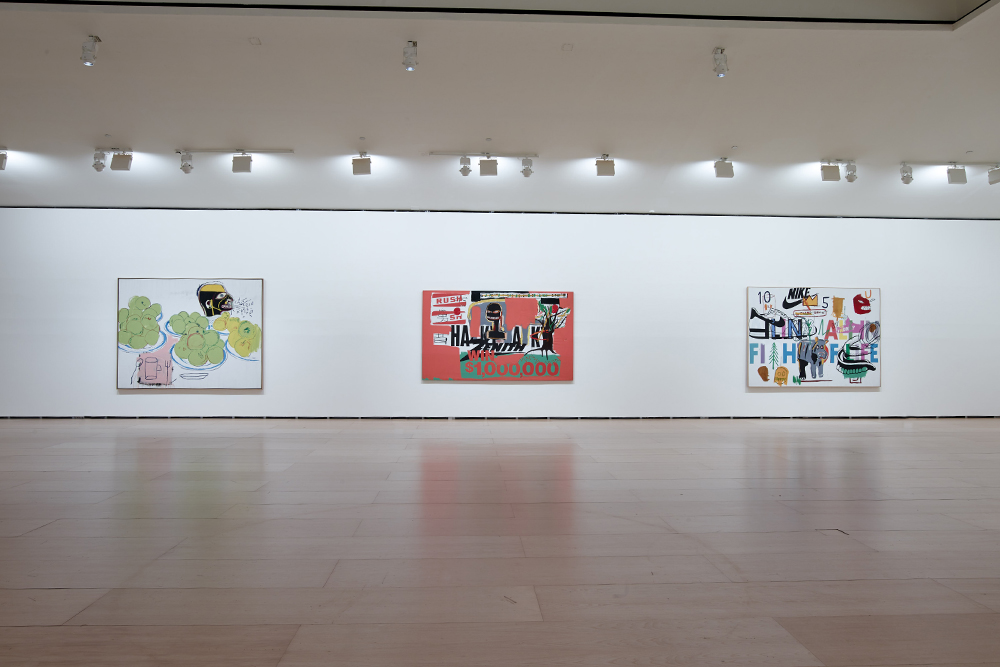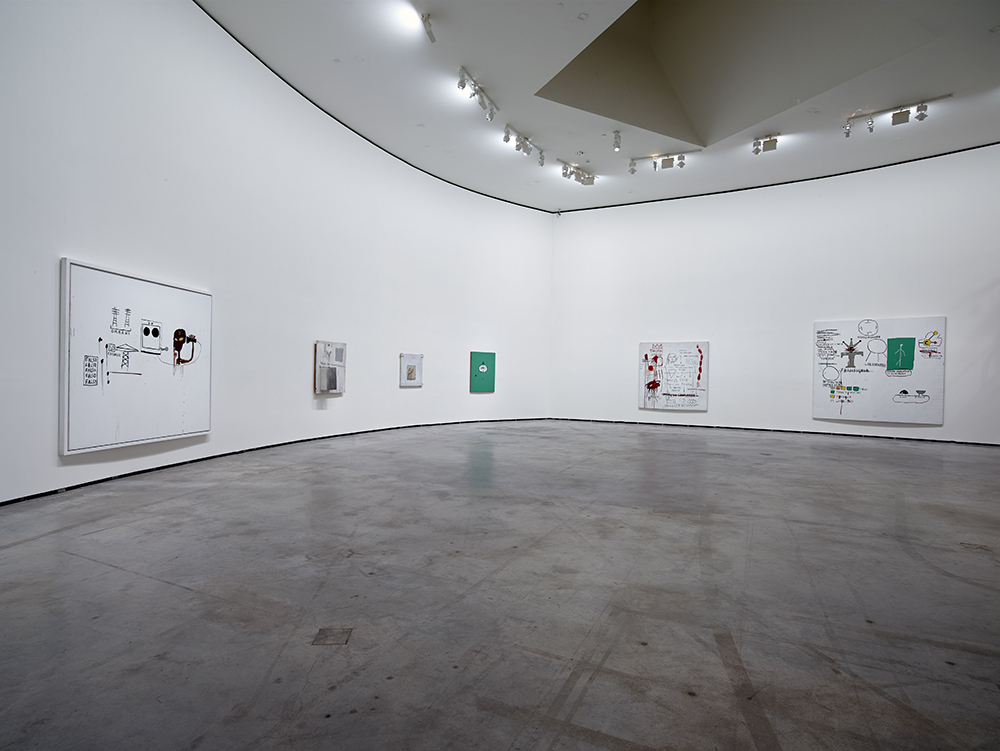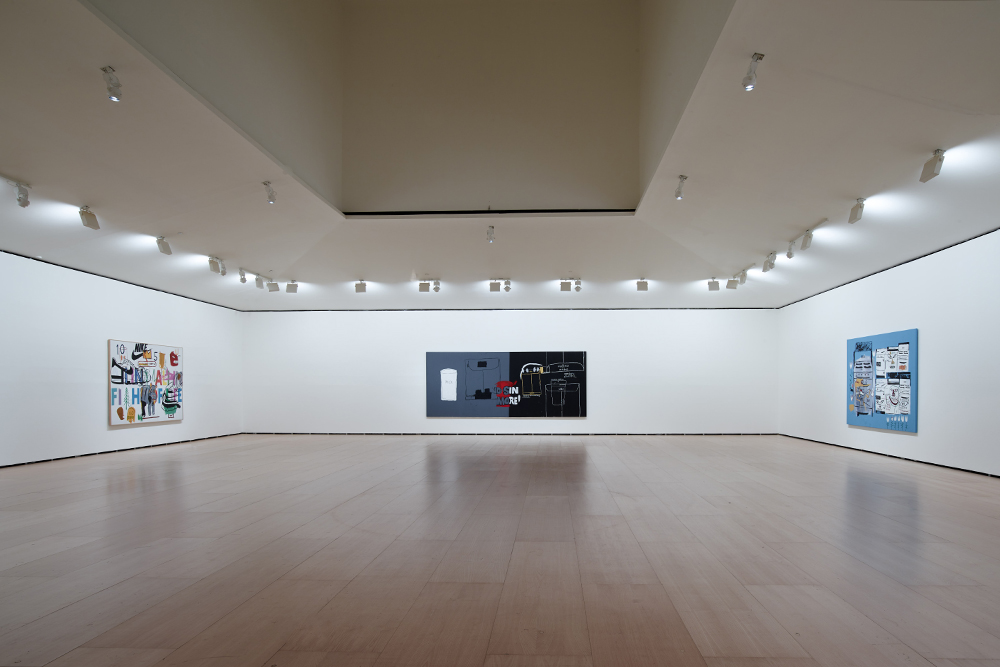Port visits the Guggenheim Bilbao to meet the curator of a sweeping new retrospective of Jean-Michel Basquiat’s work

Brooklyn born Jean-Michel Basquiat will be remembered as one of the brightest lights of the 1980s art world; a complex and charismatic figure who transformed from renegade street artist into New York art collectors’ darling in only a few years. “His art is about royalty, heroism and the street, but the works are like trojan horses,” says Dieter Buchhart, lead curator of Now’s The Time – this summer’s wide-reaching Basquiat retrospective at Guggenheim Bilbao.
Organised in partnership with Art Gallery of Ontario, the expansive show charts Basquiat’s short but prolific career; more than 100 drawings and paintings – all created during a 10 year period – are scattered across six rooms inside Frank Gehry’s architectural masterpiece. Jazz, hip-hop and audio clips of Martin Luther King’s I Have A Dream speech play over the tannoy inside the gallery, nodding to the musical influences and political movements that contributed towards the development of Basquiat as an artist and cultural commentator.
Beginning with one of his early works, UNTITLED (CAR CRASH) (he was hit by a car when he was seven years old), the retrospective traces Basquiat’s meteoric rise from the early years as a street artist under the SAMO collective, through to his fascination with royal motifs and depictions of African-American cultural icons, collaborations with Andy Warhol, and his personal battles with death, drugs, and fame. Port’s Deputy Editor, Ray Murphy, travelled to Bilbao to speak to Buchhart, who dispels some common myths about the young Brooklynite and tells us why Basquiat’s work holds more relevance now then ever.

Ray Murphy: You’ve said that the difference between this show and previous Basquiat shows was twofold: one is that it expands on his collaborative side, which we see in his work with Warhol, and the other is that it looks closely at the linguistic references in his work. Why are these two ideas important to you?
Dieter Buchhart: I think by going through classical galleries that are divided into six theme groups before you enter the exhibition gives you the tools to analyse Basquiat’s collaborations in a different way. To Warhol’s grey/black canvas, for example, Basquiat added a white square on which he drew a glass and wrote ‘milk’ – a synonym for whiteness against Warhol’s ‘blackness’. There’s an extreme duality and polarity that he creates, which extends into Basquiat’s interest in history – not just black history, but the development of colonialism, slavery, racism and the permanent currency of racism in our society.
RM: How does this relate to what’s happening in contemporary society?
DB: This issue is huge at the moment in Europe. You have only to think of the refugees travelling by boat, how they are mistreated and how Europe is failing to find one coherent policy of how to deal with them. The political systems are presenting these refugees as people just fleeing a system of economy, who want to have a better life, and totally misinterpreting their situations. These are people who really need our help and support as many of us Europeans got after the Second World War.
Think of what happened in Paris a few months ago at Charlie Hebdo, how institutionalised these racial issues are and how they result in breeding extremists. So I would say in many ways this exhibition takes on a greater relevance in Europe then when it was first exhibited in New York.

RM: Basquiat is often thought of as being ‘frantic’ and ‘wild’ by art critics, when he was, in fact, composed and poised as a painter. Do you think an underlying prejudice caused these misconceptions?
DB: Definitely, and he was aware of these prejudices against him and his family. There was a quote from him about that: “They have this image of me as a wild monkey-man.” He was considered and highly intelligent, but there was this cliché of being ‘urban’ and from the streets. And it’s a cliché that worked then and still works now, to some extent.
There was a Basquiat show at a traditional auction house in New York and they made a background of graffiti to hang the works on. I mean, come on! We should be over that. When you abstract this image of the artist from his works you discover a very intellectual, conceptual artist who had developed his own artistic language. Sure, he was a very erratic and energetic person – ask any of his friends, when he came in a room it was taken over by his personality. That’s one thing, but it’s separate from how he worked as an artist.

RM: What do you think was going through Basquiat’s mind before he died? Some of the paintings from his final year (1988), for example Oreo, are very reflective. It seems that he might have been assessing how his friends and his contemporaries viewed him.
DB: Oreo is an extremely powerful work, almost a final statement. It’s a highly complex painting and so many people don’t understand it. They think it is just a beautiful work and never understand what it really means. They think about the cookies and might even think about Warhol’s use of brand names… They don’t realise how much he has achieved by this work being integrated on the white wall of a white collector. He did this with a lot of works but he is sensitive here of being the subject himself, of being the ‘Oreo in a way’.
Jean-Michel Basquiat: Now’s the Time runs at Guggenheim Bilbao until Nov 1 2015
Additional words George Upton
Special thanks Basque Tour




